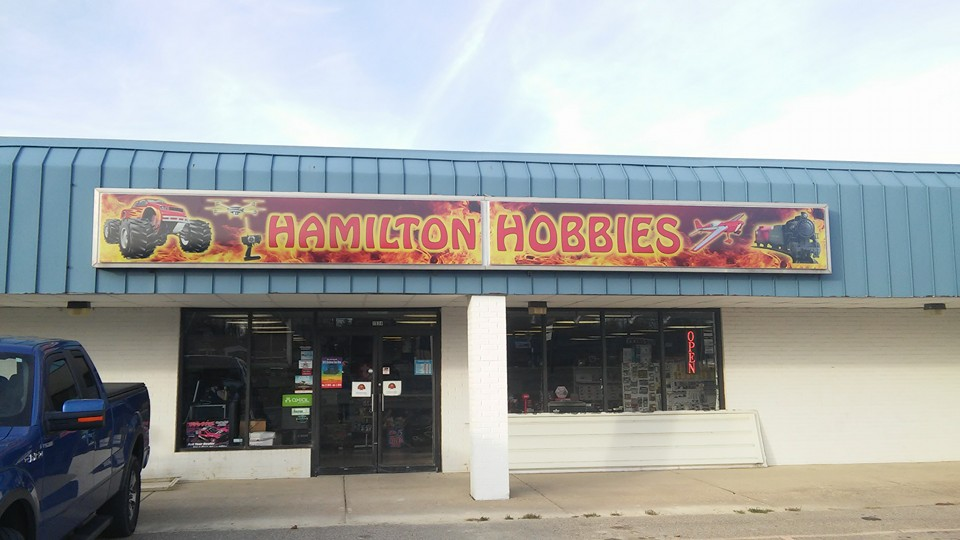![N RTR GATC 2600 Airslide Hopper,Revere Sugar#42982 [ATH23095]](http://hamiltonhobbies.com/cdn/shop/products/ATH23095_1024x1024.jpg?v=1456163274)
Athearn
N RTR GATC 2600 Airslide Hopper,Revere Sugar#42982 [ATH23095]
Key Features
- Era: 1960s to present
- Detailed underbody and outlet piping
- Fully assembled
- Etched metal roofwalks and brake platform
- McHenry® N scale knuckle spring couplers
- Razor-sharp printing and painting
- Weighted for optimal performance
- Installed wire roofwalk grab irons
- Roller bearing or friction bearing trucks per prototype or era
Overview
For the first half of the 20th Century, bulk goods were usually bagged and carried in boxcars. After the late 1940’s, covered hoppers greatly simplified the process by allowing the bulk material to be poured in through the roof hatches and dumped out the hopper bays. However, flour, starch, sugar and plastics do not “flow” easily from a standard hopper bay. To solve this problem, the Fuller Company of Catasauqua, PA, patented the Airslide concept. In an Airslide covered hopper, the bays are formed into two narrow, steep-sided troughs with a layer of air-permeable material at the bottom. Air is pumped through the material causing the lading to fluidize and flow easily through the hopper outlets. General American Transportation, starting in 1953, built the Airslide covered hoppers. One of the two original configurations was a 2,600 cubic foot, single bay car with a 70-ton capacity. In addition to railroad-owned cars, there were a number of Airslide covered hoppers leased by GATC to sugar and bakery companies.
Revere Sugar Refinery operated in Boston since at least 1867. In 1892, Revere Sugar was one of only five sugar refineries in the United States not controlled by American Sugar Refining Company. In the early 1900s, the United Fruit Company acquired Revere Sugar as an outlet for the products from the company’s 89,000 acres of sugar cane plantations in Cuba. In 1919, a new refinery was built in Boston and a second refinery was acquired in Brooklyn. That plant was used for sugar processing from circa 1910 until the mid 1980s, first by American Molasses Co., and then by Revere Sugar. A third refinery was opened in Chicago. All three of the cars would have a bakery as the most likely destination for their loads.
